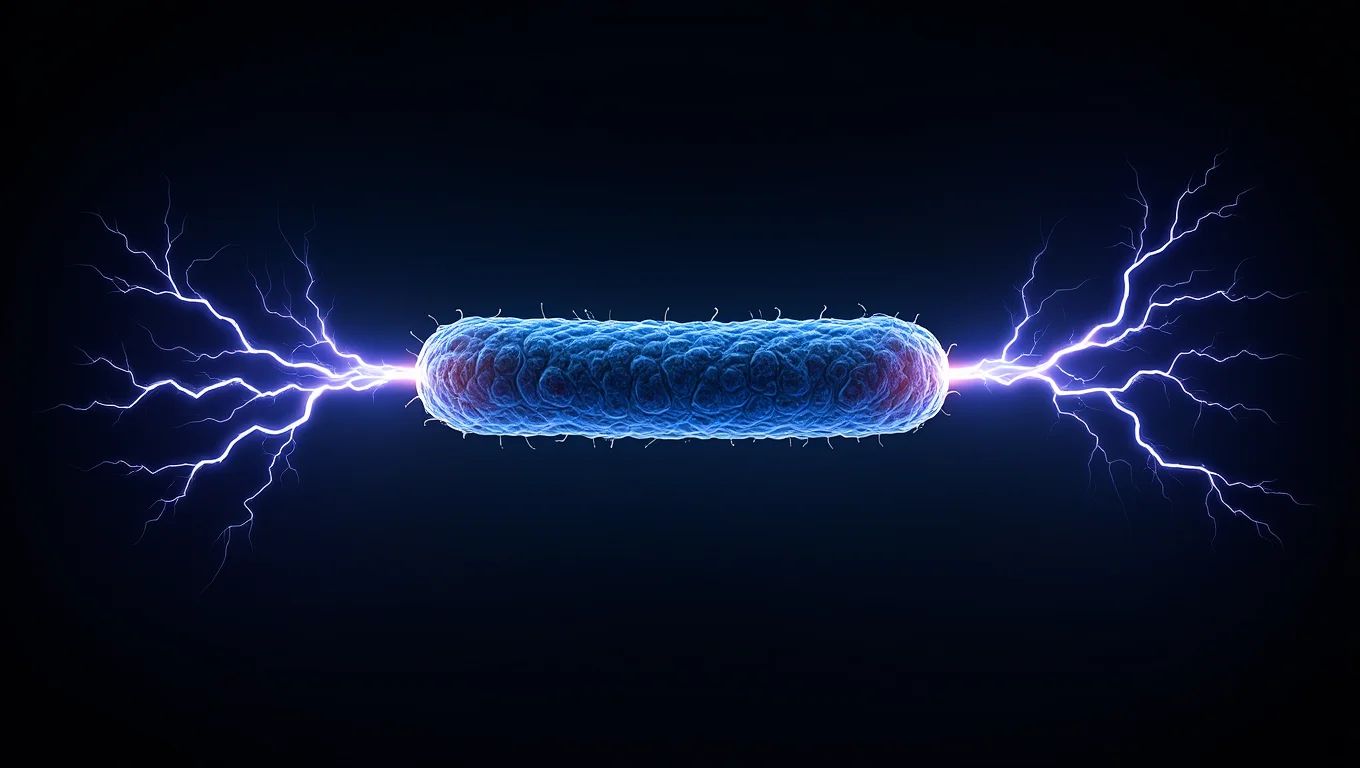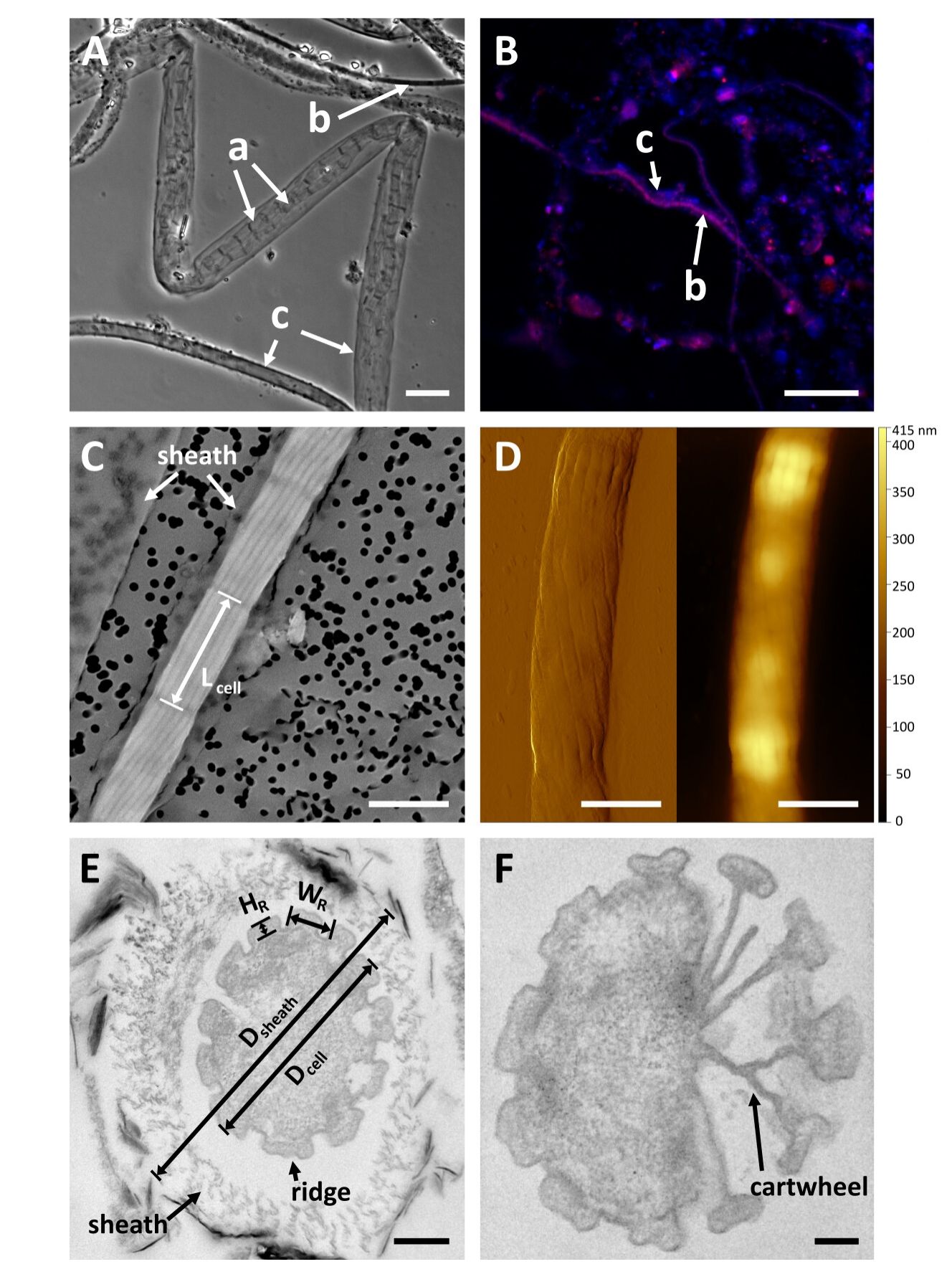This bacterium is a veritable natural electric wire ⚡
Published by Cédric,
Article author: Cédric DEPOND
Source: Applied and Environmental Microbiology
Other Languages: FR, DE, ES, PT
Article author: Cédric DEPOND
Source: Applied and Environmental Microbiology
Other Languages: FR, DE, ES, PT
Follow us on Google News (click on ☆)

This discovery, published in Applied and Environmental Microbiology, highlights an organism capable of conducting electricity. Scientists see potential for innovative medical and environmental technologies.
A unique structure with promising properties
Filamentous bacteria like Candidatus Electrothrix yaqonensis form chains of cells connected by a common membrane. Their uniqueness lies in their ability to transport electrons over several centimeters (about an inch), a rarity in the microbial world.
This new species exhibits hybrid genes, combining traits from the Candidatus Electrothrix and Candidatus Electronema genera. Its genomic analysis suggests it may be an ancient branch, shedding light on the evolution of these microorganisms.

A - Optical microscope observation of two degraded cable bacteria filaments surrounded by a sheath, likely from the same filament.
B - FISH visualization (in red) and DAPI staining (in blue) of bacteria in water: a, degraded filaments; b, intact filaments; c, extracellular sheaths.
C - Scanning electron microscope image of a YB6 filament with marked ridges, surrounded by a sheath.
D - AFM images showing the filament's diagonal ridges (amplitude on left, topography on right) and possible polyphosphate inclusions.
E - Transmission electron microscope cross-section of a YB6 filament surrounded by a sheath.
F - Detail of a partial wheel structure, revealing internal ultrastructure and a partial spoke.
Its conductive fibers, rich in nickel, enable large-scale redox reactions. These mechanisms play a key role in nutrient cycling and sediment geochemistry.
Potential applications in pollution remediation and bioelectronics
Thanks to their conductivity, these bacteria could eliminate pollutants by transferring electrons. This property offers prospects for bioremediation of contaminated soils and sediments.
Their highly conductive nickel-based proteins also inspire new bioelectronic materials. These innovations could be used in medical devices or environmental sensors.
Finally, their resilience in diverse environments—marine or freshwater—strengthens their potential for use in a wide range of settings.